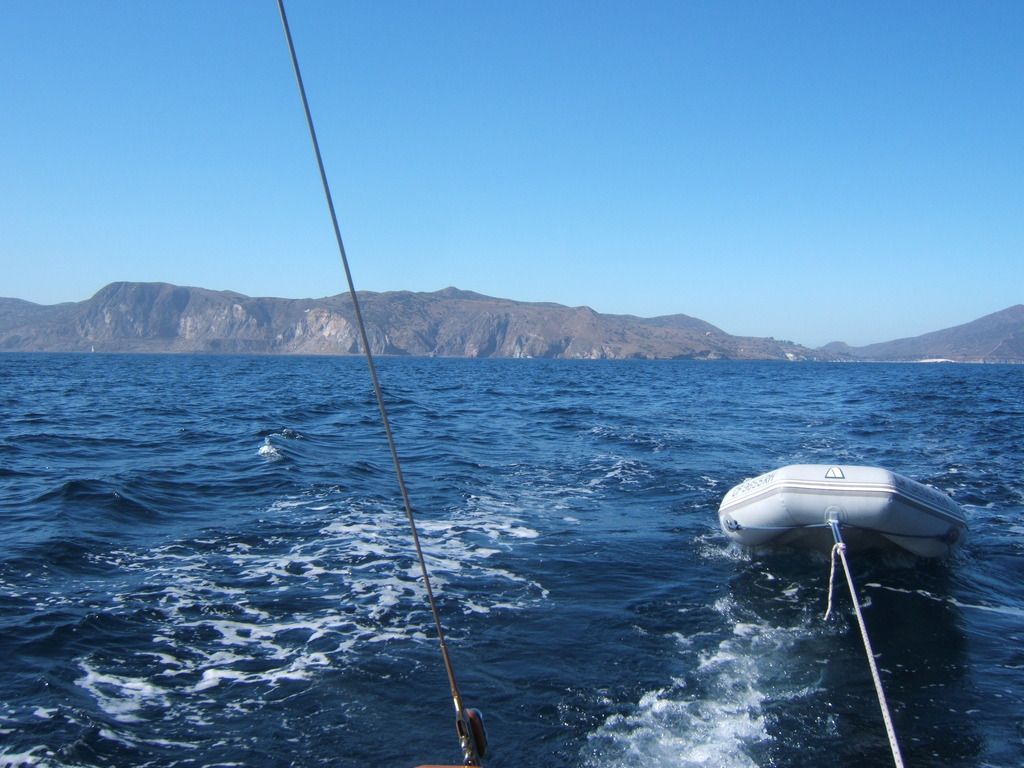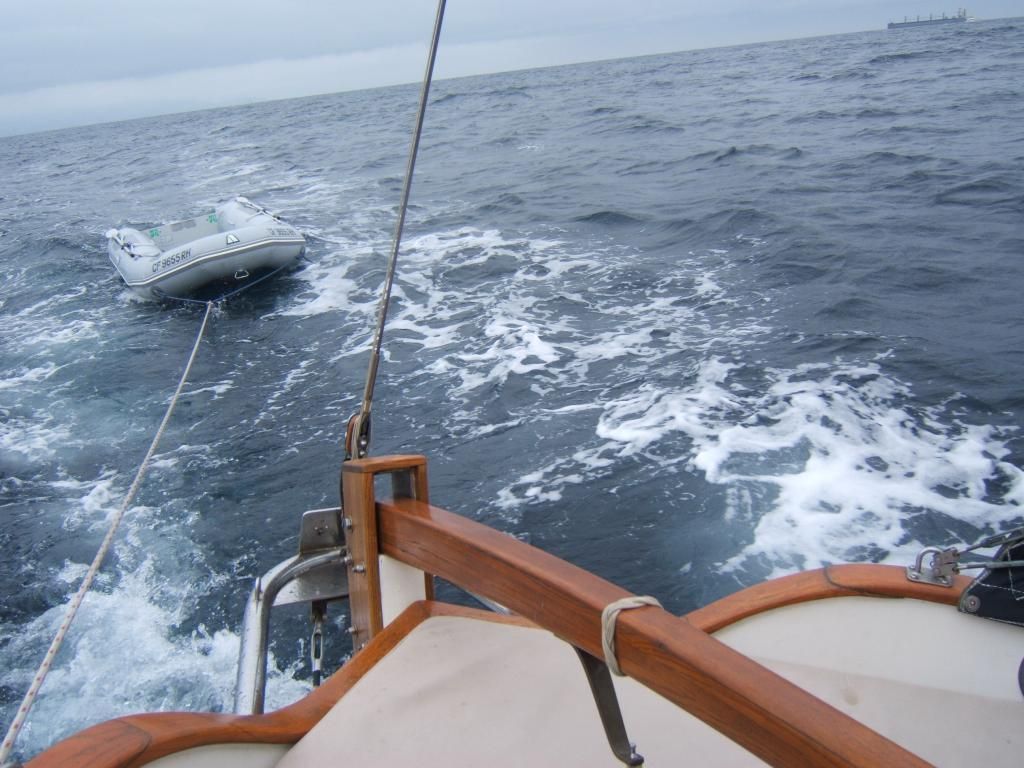When towing a dinghy what distance should you have between the stern and the dinghy? Does it depend on LWL and wake etc?
When I got some towing line at west marine I can't remember what they recommended but it seems like that dinghy was way way back there. Also, it seemed like my boat's wake pushed it way off to starboard plus it took on a bunch of water. When I pulled it in closer it seemed to create less resistance, track better and it's bow was pulled up a bit which seemed like a good idea.
Of note, mine is an inflatable kayak from advanced elements and I like it a lot. Was hoping I wouldn't have to deflate it and stow it in my sailboat every time I left an anchor.
When I got some towing line at west marine I can't remember what they recommended but it seems like that dinghy was way way back there. Also, it seemed like my boat's wake pushed it way off to starboard plus it took on a bunch of water. When I pulled it in closer it seemed to create less resistance, track better and it's bow was pulled up a bit which seemed like a good idea.
Of note, mine is an inflatable kayak from advanced elements and I like it a lot. Was hoping I wouldn't have to deflate it and stow it in my sailboat every time I left an anchor.






